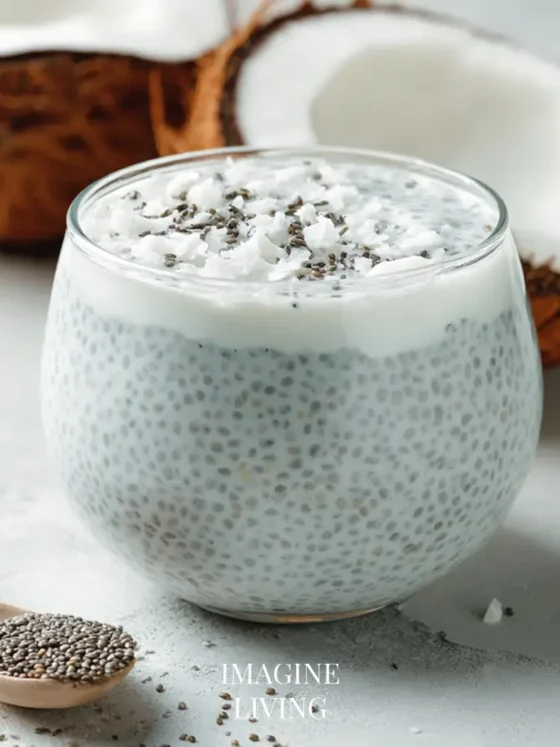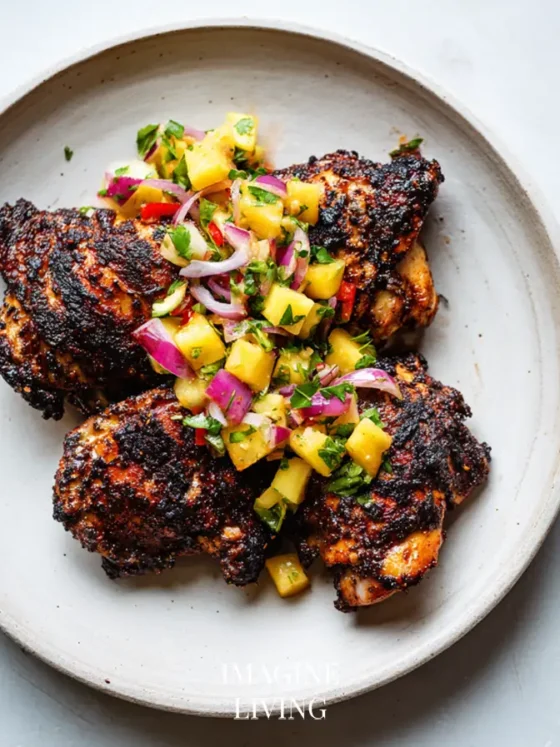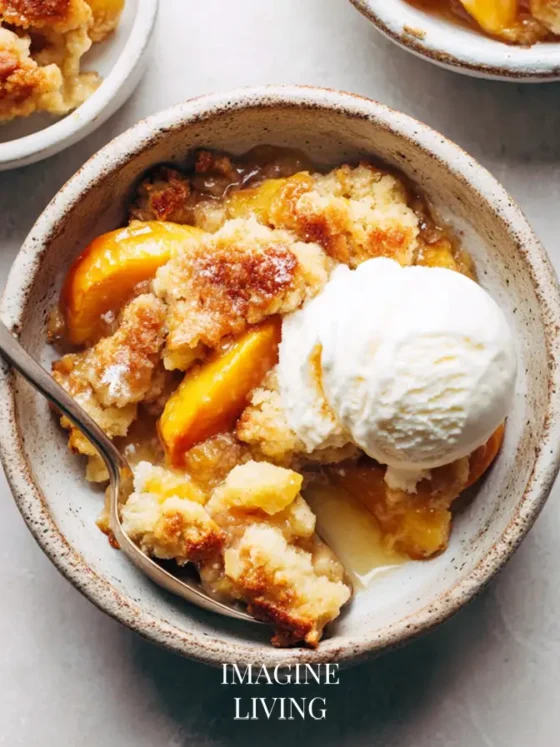A Classic Breakfast with Endless Possibilities
The first time I tried French toast, I was sitting at a sunny café, sipping coffee and savoring each bite of golden, custard-soaked bread topped with powdered sugar and berries. It felt indulgent yet familiar, like a warm hug on a plate. French toast has that kind of magic—a dish that’s equally perfect for a casual breakfast or an elegant brunch.
Whether you’re a weekend brunch enthusiast or a weekday breakfast improviser, French toast is versatile, simple to make, and endlessly customizable. This recipe will guide you through the basics while inspiring you to make it uniquely yours.
Good food, like French toast, doesn’t need to be complicated—it just needs to be made with love.
Why You’ll Love This Recipe
- Simple Ingredients: Everything you need is likely already in your kitchen.
- Quick and Easy: From start to finish, it takes less than 30 minutes.
- Customizable: Add flavors, toppings, or even turn it into a savory dish.
- Perfect for Any Occasion: Whether it’s breakfast in bed or feeding a crowd, French toast always shines.
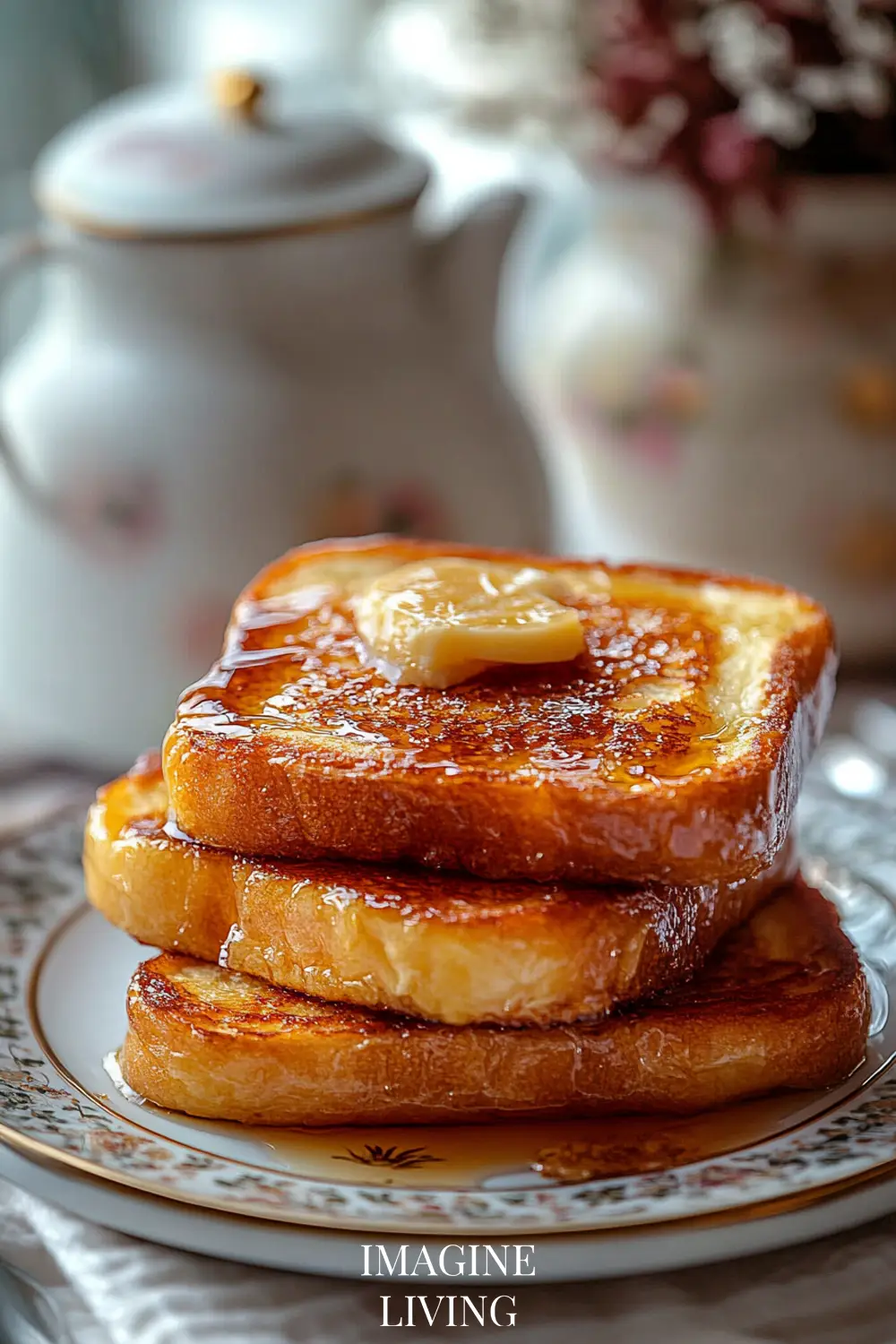
French toast is more than breakfast—it’s a canvas for your creativity.
Ingredients: Pantry Staples with Endless Potential
This recipe makes 4 servings, perfect for a cozy breakfast with family or brunch with friends.
For the Custard:
- 4 large eggs
- 1 cup whole milk (or your favorite milk alternative)
- 1/4 cup heavy cream (optional for extra richness)
- 2 tbsp sugar
- 1 tsp vanilla extract
- 1/2 tsp cinnamon (optional)
- Pinch of salt
For the Bread:
- 8 slices of thick-cut bread (brioche, challah, or French bread work best)
For Cooking:
- 2 tbsp butter (or a mix of butter and oil for even browning)
For Toppings:
- Powdered sugar
- Fresh berries (strawberries, blueberries, raspberries)
- Maple syrup
- Whipped cream
Equipment Needed
- Large mixing bowl
- Whisk
- Shallow dish or baking pan (for dipping the bread)
- Large skillet or griddle
- Spatula
Simple, quality ingredients are the foundation of unforgettable French toast.
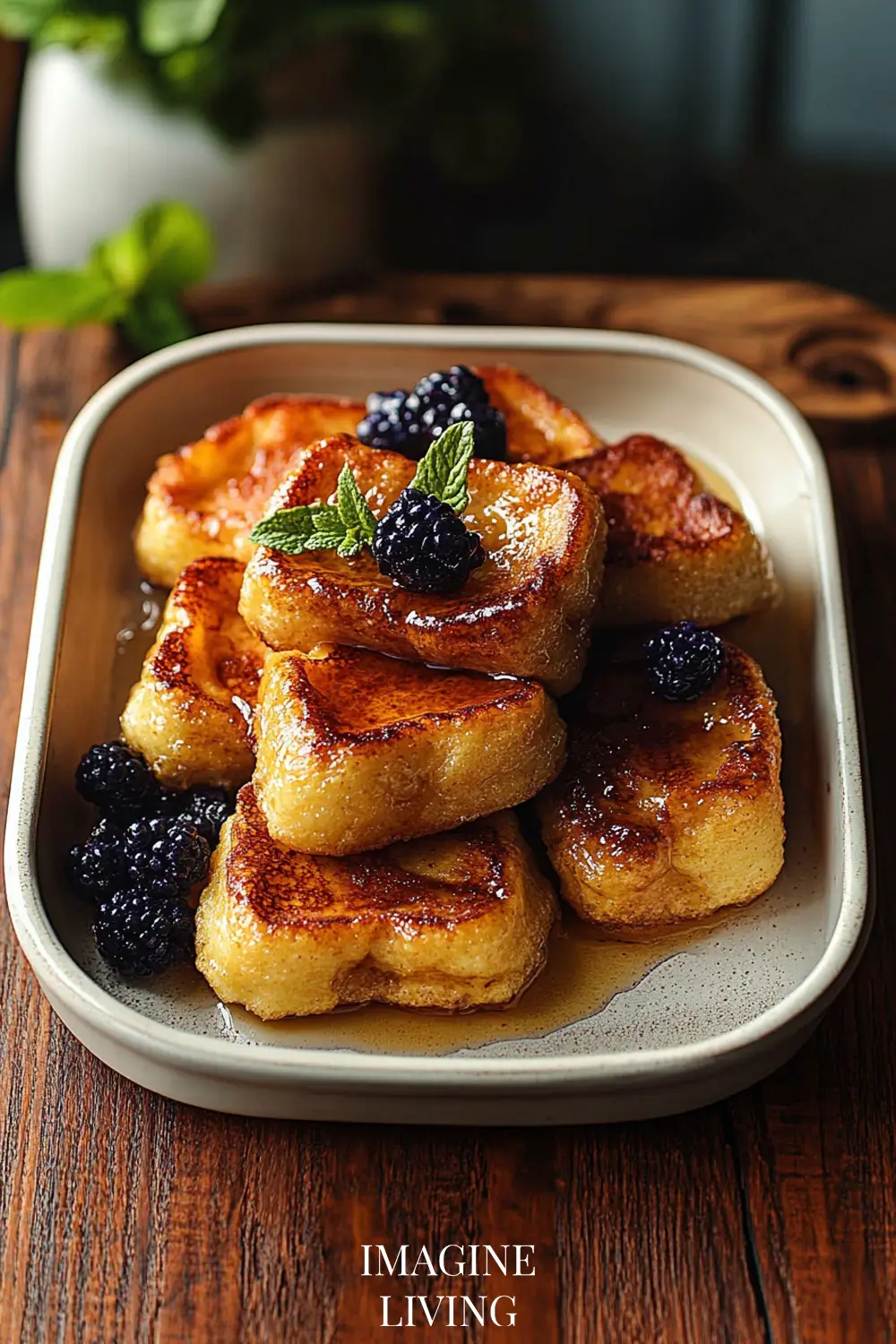
Step-by-Step Guide to the Perfect French Toast
Making French toast is as simple as it is satisfying. Follow these steps to transform everyday ingredients into a golden, custardy delight that’s perfect for any morning. Let’s get started!
Step 1: Make the Custard
In a large mixing bowl, whisk together the eggs, milk, cream, sugar, vanilla, cinnamon, and salt until fully combined. Pour the mixture into a shallow dish for easy dipping.
Tip: Use room-temperature eggs to help the custard mix smoothly without streaks.
Step 2: Prepare the Bread
Choose thick slices of bread—day-old or slightly stale works best as it absorbs the custard without becoming soggy. If the bread is fresh, lightly toast it to dry it out.
Tip: Brioche or challah will give you a richer, softer French toast, while French bread adds a slight chewiness.
Step 3: Soak the Bread
Dip each slice of bread into the custard, letting it soak for 10–15 seconds per side. Ensure the bread absorbs the mixture but doesn’t fall apart.
Tip: For an even soak, press the bread gently into the custard with the back of a spoon.
Step 4: Cook the French Toast
Heat a skillet or griddle over medium heat and add a pat of butter. Once melted and bubbly, cook the soaked bread slices in batches. Cook for 2–3 minutes per side, or until golden brown and slightly crispy.
Tip: Don’t overcrowd the pan—give each slice space to cook evenly.
Step 5: Serve and Enjoy
Transfer the French toast to plates or a serving platter. Dust with powdered sugar, drizzle with maple syrup, and top with fresh berries or whipped cream.
Tip: Keep cooked slices warm in a 200°F (95°C) oven while you finish the rest.
French toast is a breakfast staple, but a little care makes it exceptional.

More Pro Tips for French Toast Success
- Choose the Right Bread: Brioche or challah offers the best texture and flavor.
- Use Stale Bread: Slightly dry bread soaks up the custard without falling apart.
- Don’t Overload the Custard: A quick soak is key—too much and the bread will be soggy.
- Control the Heat: Medium heat ensures the outside is golden without burning, while the inside stays soft.
- Make It Ahead: Prepare the custard the night before for a quicker breakfast.
Serving Suggestions: Elevate Your French Toast
Classic:
Serve with powdered sugar, maple syrup, and fresh fruit.
Indulgent:
Add whipped cream, a drizzle of caramel sauce, or a sprinkle of chocolate chips.
Savory Twist:
Skip the sugar in the custard and top with avocado, poached eggs, or sautéed spinach.
Brunch Spread:
Pair with crispy bacon, fresh orange juice, and a side of yogurt or granola.
French toast is the ultimate crowd-pleaser—dress it up or keep it simple.

Make It Your Own: Creative Variations for French Toast
French toast is a blank canvas for culinary creativity, whether you’re looking to indulge, adapt to dietary needs, or try something completely unique. Here are some ideas to inspire your next batch:
Stuffed French Toast
Turn your French toast into a decadent treat by adding a filling. Spread cream cheese, Nutella, or fruit preserves between two slices of bread before dipping them in the custard.
Tip: Use a slightly thicker custard to ensure the bread holds together while cooking.
Savory French Toast
Skip the sugar and vanilla in the custard for a savory twist. Add grated Parmesan, chopped chives, and a pinch of garlic powder to the mixture. Serve with avocado, poached eggs, or smoked salmon.
Tip: Pair with a side of roasted vegetables for a satisfying brunch.
Cinnamon Roll French Toast
Add a swirl of cinnamon-sugar butter to each slice before cooking for a flavor reminiscent of warm cinnamon rolls. Top with a drizzle of cream cheese glaze for the full effect.
Tip: Use brioche for an extra soft, rich texture.
French Toast Casserole
Turn your French toast into a shareable dish by layering soaked slices in a baking dish. Bake at 350°F (175°C) for 30–40 minutes until golden and puffed. Perfect for feeding a crowd!
Tip: Add sliced bananas or berries between layers for bursts of freshness.
Vegan French Toast
Replace the eggs with a flaxseed mixture (1 tbsp flaxseed + 2.5 tbsp water per egg) and use almond milk or oat milk. Coconut oil works great as a butter substitute for frying.
Tip: Top with coconut whipped cream and toasted nuts for a luxurious dairy-free option.
Crispy-Coated French Toast
For extra crunch, press the soaked bread into crushed cornflakes, granola, or shredded coconut before cooking. The result is a delightful texture contrast with every bite.
Tip: Serve with fresh fruit and a drizzle of honey for a light and refreshing finish.
Boozy French Toast
Add a splash of Grand Marnier, rum, or bourbon to the custard for a grown-up twist. It’s perfect for a special brunch or holiday breakfast.
Tip: Pair with caramelized bananas or a dusting of powdered sugar for a festive touch.
Gluten-Free French Toast
Use gluten-free bread and ensure your custard ingredients are gluten-free. Thick slices of gluten-free brioche or sourdough work particularly well.
Tip: Let the gluten-free bread soak a little longer to fully absorb the custard.
French toast is as flexible as your imagination—mix and match these variations to suit your mood or occasion.
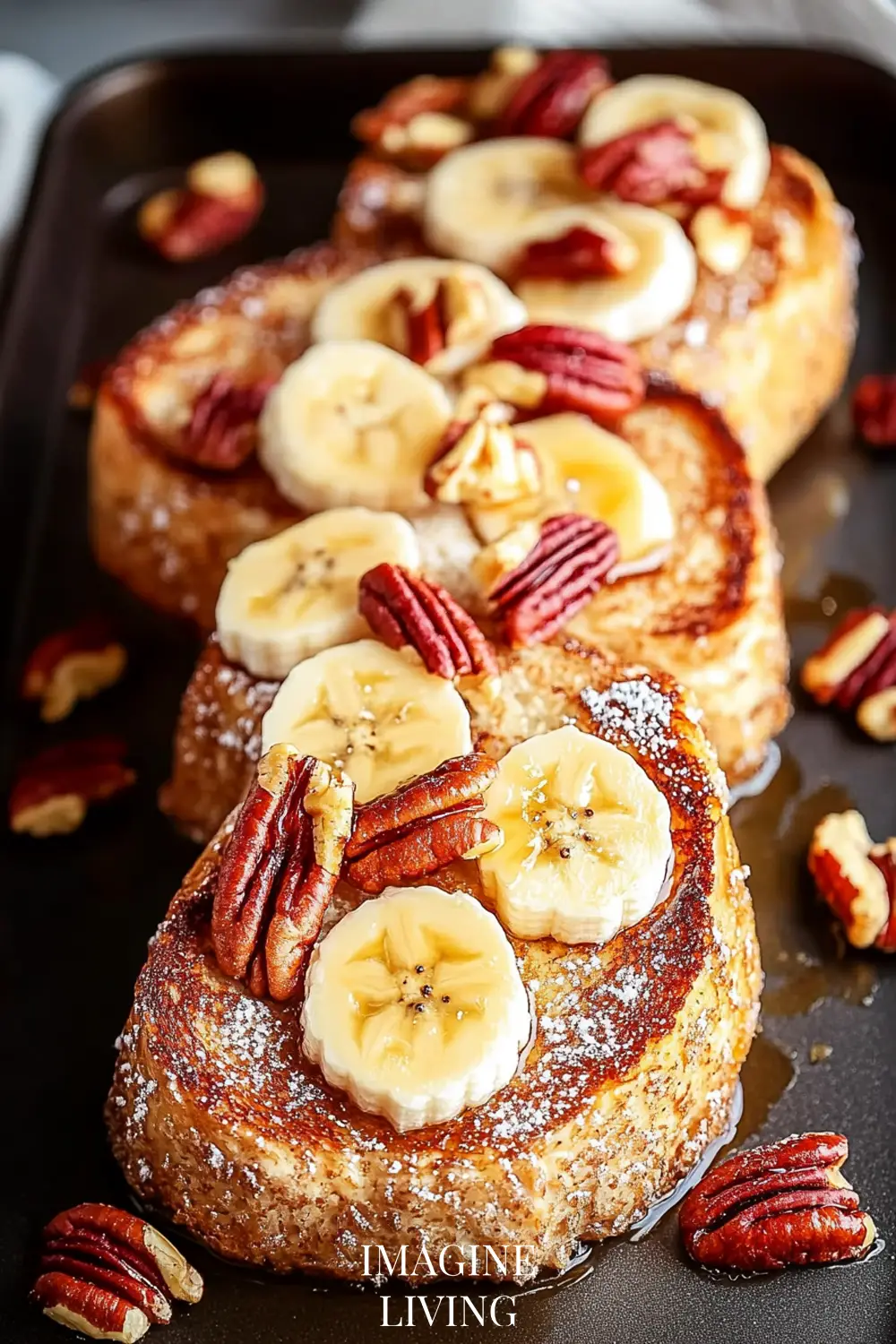
Storage and Reheating: Keep It Fresh and Delicious
Storage
- Refrigerator: Let leftover French toast cool completely, then store in an airtight container. It will keep for up to 3 days in the fridge.
- Freezer: Freeze cooked slices in a single layer on a baking sheet. Once frozen, transfer to a freezer-safe bag or container. French toast can be frozen for up to 2 months.
Reheating
- Toaster Oven: Heat slices at 350°F (175°C) for 5–8 minutes until warmed through and slightly crisp.
- Skillet: Reheat on a skillet over medium-low heat, adding a small pat of butter for freshness.
- Microwave: For a quick option, microwave slices on a plate for 30–60 seconds, though this may soften the texture.
- From Frozen: Reheat frozen slices in a toaster or toaster oven for a crisp, fresh-from-the-pan feel.
Pro Tip: Always reheat French toast gently to preserve its custardy interior and golden exterior. Top with fresh fruit or a drizzle of syrup to bring it back to life.
Common Mistakes to Avoid
Even with a simple dish like French toast, there are a few pitfalls that can take your breakfast from fabulous to frustrating. Avoid these common mistakes to ensure your French toast turns out golden, fluffy, and utterly delicious:
Using the Wrong Bread
Not all bread is created equal for French toast. Thin, soft bread can fall apart when soaked in custard, while overly dense bread might not absorb enough.
Tip: Opt for thick-cut slices of brioche, challah, or French bread for the best texture and flavor.
Skipping Stale Bread
Fresh bread tends to become too soggy and can disintegrate in the custard.
Tip: Use day-old bread or lightly toast fresh slices to help them hold up during soaking.
Over-Soaking the Bread
Letting bread soak for too long can make it overly saturated, leading to a mushy interior that’s hard to cook evenly.
Tip: Dip each slice for 10–15 seconds per side—just enough for the bread to absorb the custard without becoming waterlogged.
Cooking at the Wrong Temperature
Cooking French toast on high heat can burn the outside before the inside is cooked, while low heat can result in soggy, undercooked slices.
Tip: Cook over medium heat for an evenly golden crust and a soft, custardy center.
Skipping the Butter
Butter is essential for achieving that golden, slightly crisp exterior. Skipping it—or using only oil—can result in a less flavorful and less attractive slice.
Tip: Use a combination of butter and oil to prevent burning while keeping the rich, buttery flavor.
Cooking French toast is about balance—don’t rush, don’t skimp, and always taste as you go. A little attention to detail makes all the difference.
Great French toast is simple, but never ordinary—give it the care it deserves.
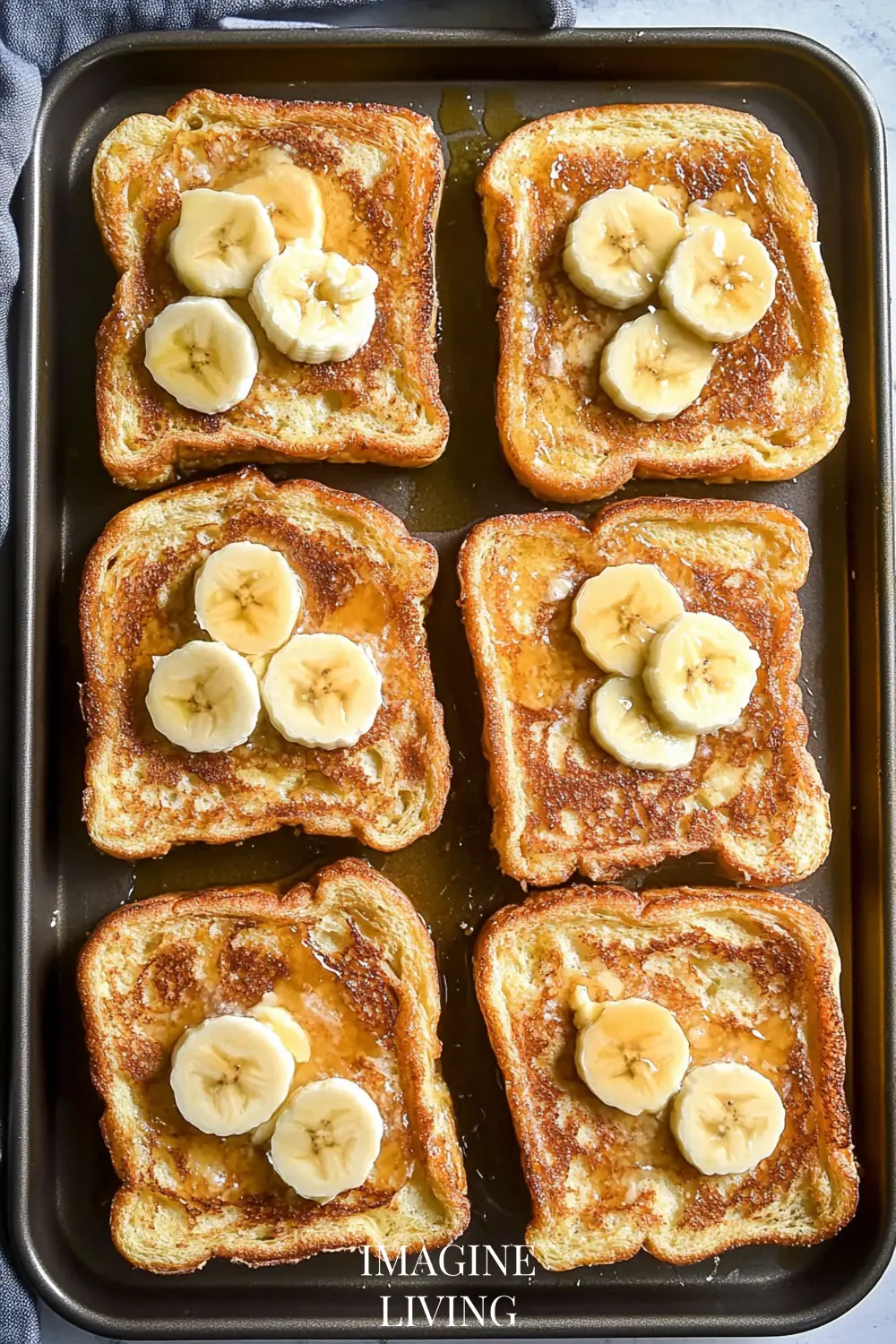
Conclusion: A Breakfast Classic for Every Occasion
French toast is more than a recipe—it’s an invitation to slow down, savor the morning, and add a touch of indulgence to your day. Whether you keep it simple or explore new variations, it’s a dish that never goes out of style. Serve it with love, and watch it bring smiles to your table.
FAQ
Can I make French toast ahead of time?
Yes! Reheat slices in the oven or on a skillet for a fresh-made feel.
What’s the best bread for French toast?
Brioche, challah, or French bread are ideal for their texture and flavor.
Why is my French toast soggy?
The bread may have been soaked too long or the custard was too thin.
Can I freeze French toast?
Absolutely! Freeze cooked slices on a baking sheet, then transfer to a freezer bag. Reheat in a toaster or oven.
How can I make it healthier?
Use whole-grain bread, almond milk, and reduce the sugar in the custard.
Can I skip the heavy cream?
Yes! Milk alone works fine, but the cream adds richness.
What’s the best topping?
Classic maple syrup and berries are hard to beat, but whipped cream or caramel are indulgent options.
Can I make it dairy-free?
Use plant-based milk and vegan butter for a dairy-free version.
Do I have to use stale bread?
Fresh bread works but may result in soggier slices. Lightly toasting fresh bread helps.
What sides pair well with French toast?
Crispy bacon, fresh fruit, or yogurt are excellent accompaniments.
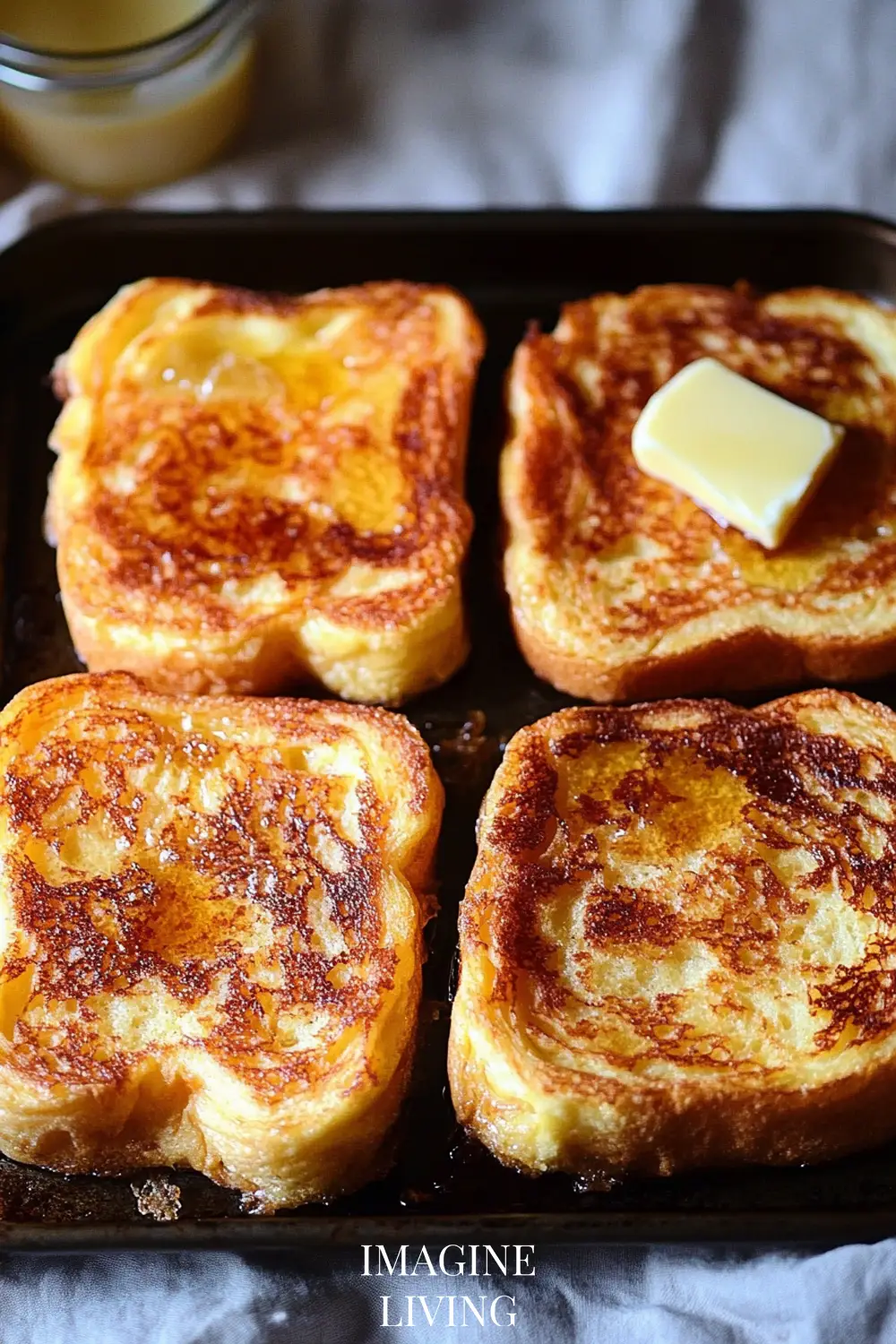

Classic French Toast
Equipment
- Large mixing bowl
- Whisk
- Shallow dish (for dipping bread)
- Large skillet or griddle
- Spatula
Ingredients
For the Custard:
- 4 large eggs
- 1 cup whole milk or milk alternative
- 1/4 cup heavy cream optional for extra richness
- 2 tbsp sugar
- 1 tsp vanilla extract
- 1/2 tsp cinnamon optional
- Pinch of salt
For the Bread:
- 8 slices of thick-cut bread brioche, challah, or French bread
For Cooking:
- 2 tbsp butter or a mix of butter and oil for even browning
For Toppings (Optional):
- Powdered sugar
- Fresh berries (strawberries, blueberries, raspberries)
- Maple syrup
- Whipped cream
Instructions
Prepare the Custard:
- In a large mixing bowl, whisk together the eggs, milk, heavy cream, sugar, vanilla, cinnamon, and salt until smooth. Pour into a shallow dish for easy dipping.
Prepare the Bread:
- If using fresh bread, lightly toast the slices to dry them out.
Soak the Bread:
- Dip each slice into the custard for 10–15 seconds per side, ensuring it’s well-coated but not overly saturated.
Cook the French Toast:
- Heat a skillet or griddle over medium heat. Add a pat of butter and cook the soaked bread slices in batches for 2–3 minutes per side, or until golden brown and slightly crispy.
Serve and Garnish:
- Plate the French toast and garnish with powdered sugar, fresh berries, whipped cream, or maple syrup.
Notes
Store leftovers in an airtight container for up to 3 days or freeze for up to 2 months.
